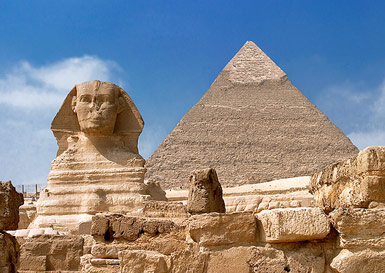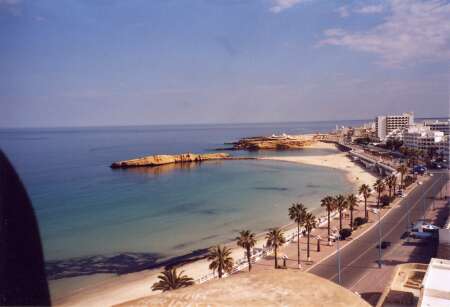 Egypt is a history enthusiast’s dream holiday destination. Home to some of the most important historical sites in the world and iconic attractions such as:
Egypt is a history enthusiast’s dream holiday destination. Home to some of the most important historical sites in the world and iconic attractions such as:
* the Pyramids
* the Sphinx and
* the ancient temple at Abu Simbel.
This amazing feat of engineering, carved from the face of a mountain, would be an impressive structure if it had been built a few hundred years. So the fact that it was constructed thousands of years ago makes it even more spectacular.
Nubian monuments
Second only to the Great Pyramids in terms of popularity, the temple at Abu Simbel. It’a actually part of a larger complex called the Nubian monuments, a UNESCO World Heritage Site.
Even if you have no idea what to expect at an ancient site like this, you will never forget a visit which allows you to walk in the footsteps of the Ancient Egyptians and learn about their day-to-day lives and culture.
The original site of the temple and the rest of the Nubian monuments in Egypt now stands beneath the waters of Lake Nasser. A man-made reservoir created by the building of the Aswan Dam. However, the Egyptian government at the time was determined that the ancient relics should not be lost. Mounting a major operation in the 1960s to move the site brick by brick to the top of the cliffs overlooking the lake where they were carefully rebuilt.
The operation took almost four years to complete and cost the Egypt (Egyptian government) and the national heritage organisation over $60 million; but anyone visiting the site today will see that it was worth every cent. Any visitors who want to learn more about the painstaking process can visit the small museum just outside Abu Simbel which features displays relating to the impressive operation as well as other exhibits concerning the ancient history of the site and examples of artefacts found in the area over the centuries.
First-time visitors are always struck by the huge statues of Pharaoh Ramesses which seem to stand guard over the temples, built to commemorate one his victories in battle. Although one of the four statues has been partially destroyed by an earthquake. This does nothing to diminish their impact. Most groups visiting the temple are accompanied by an expert guide, full of stories about how the Egyptians lived and worshipped. A great way to bring the site to life.
Once past the statues, tour groups head into the depths of a temple through narrow, dark corridors.











